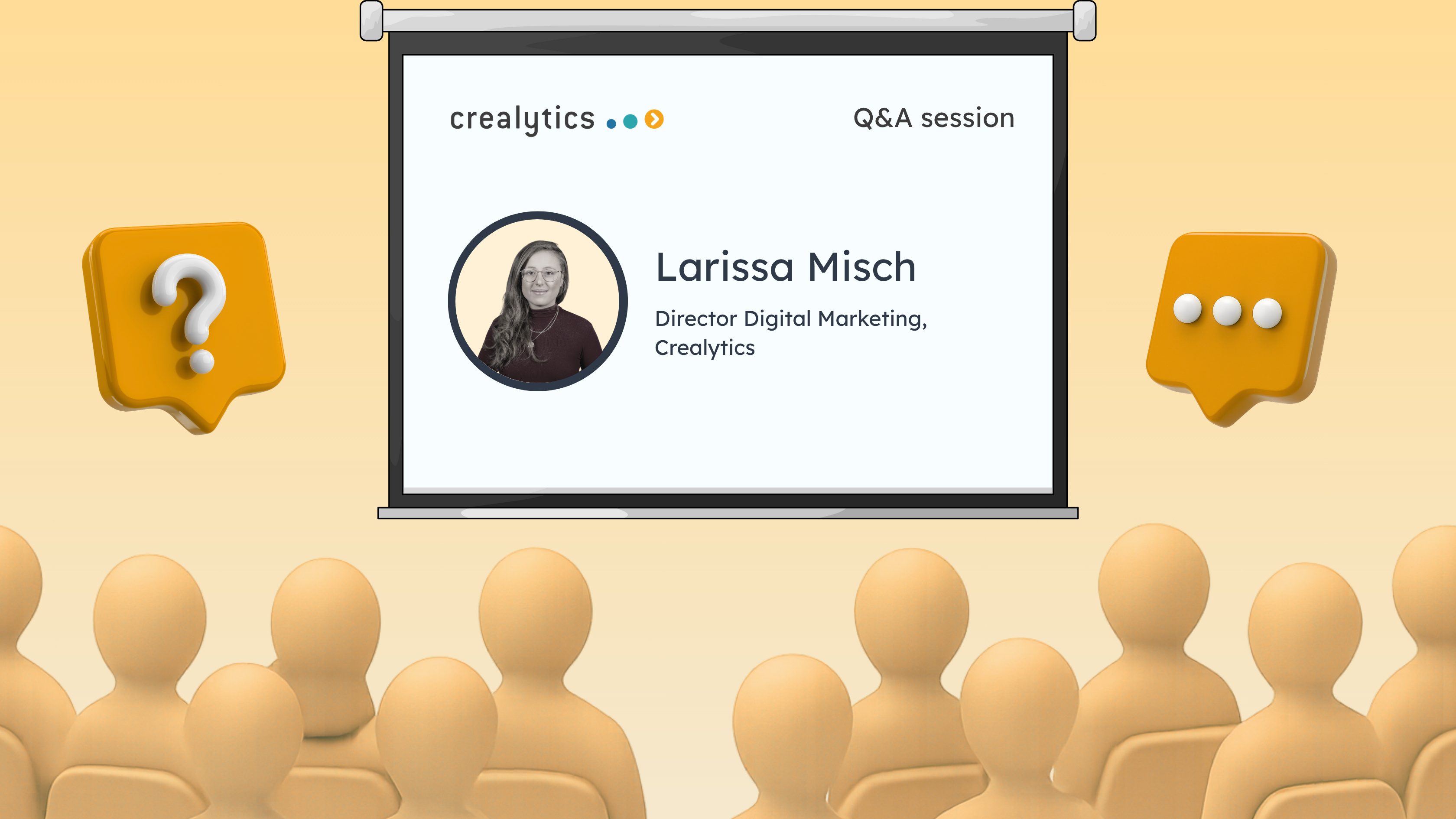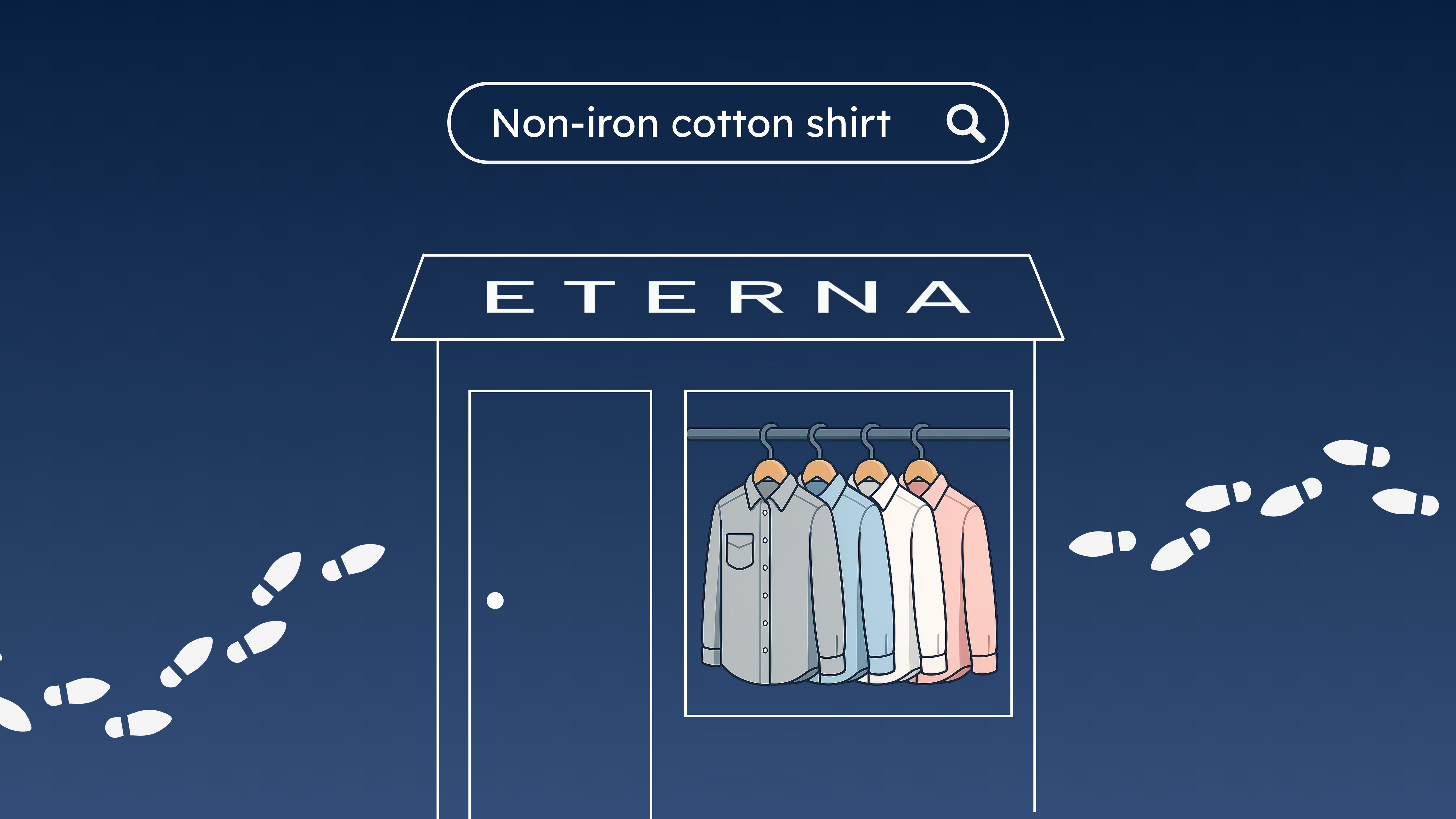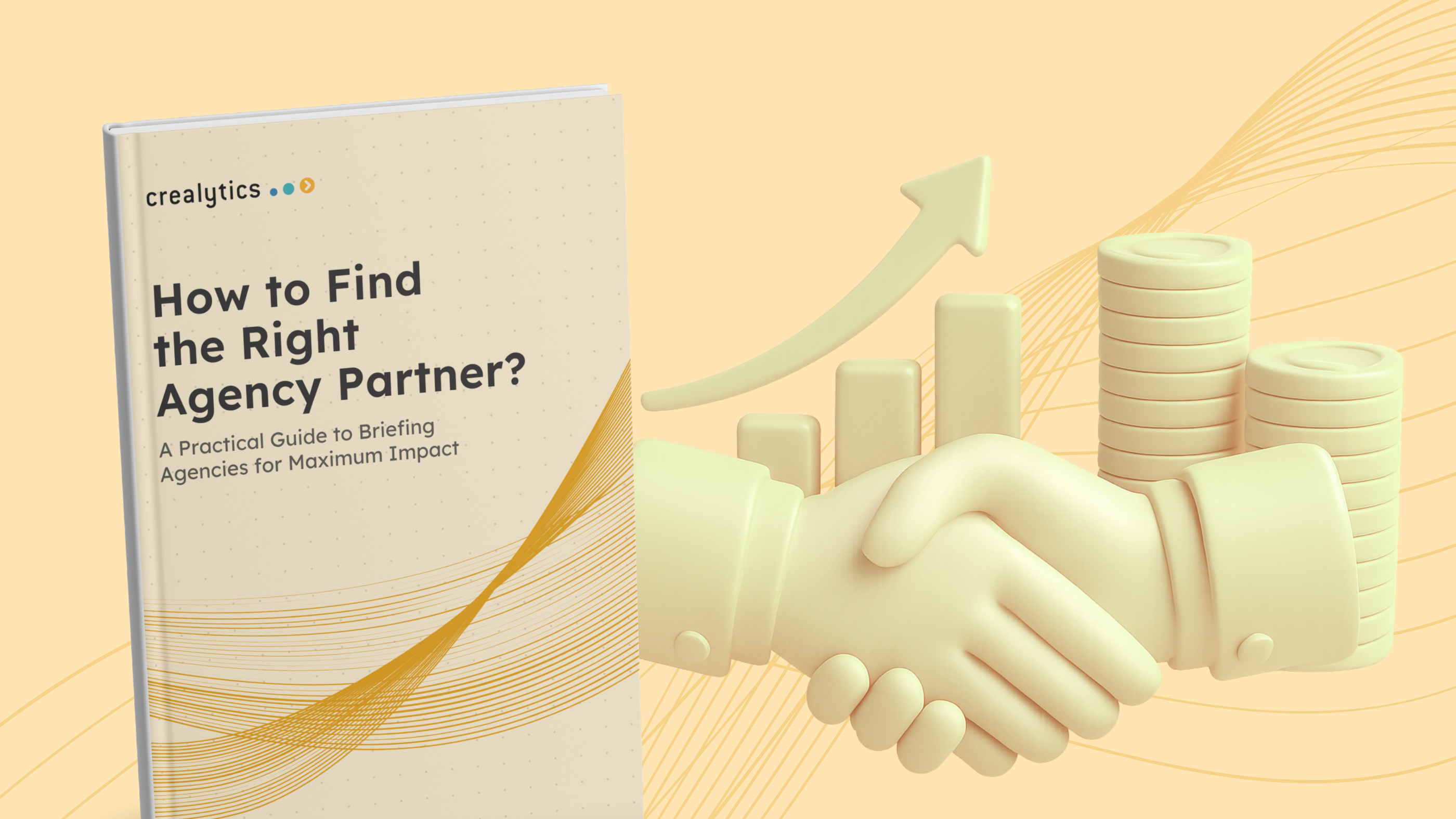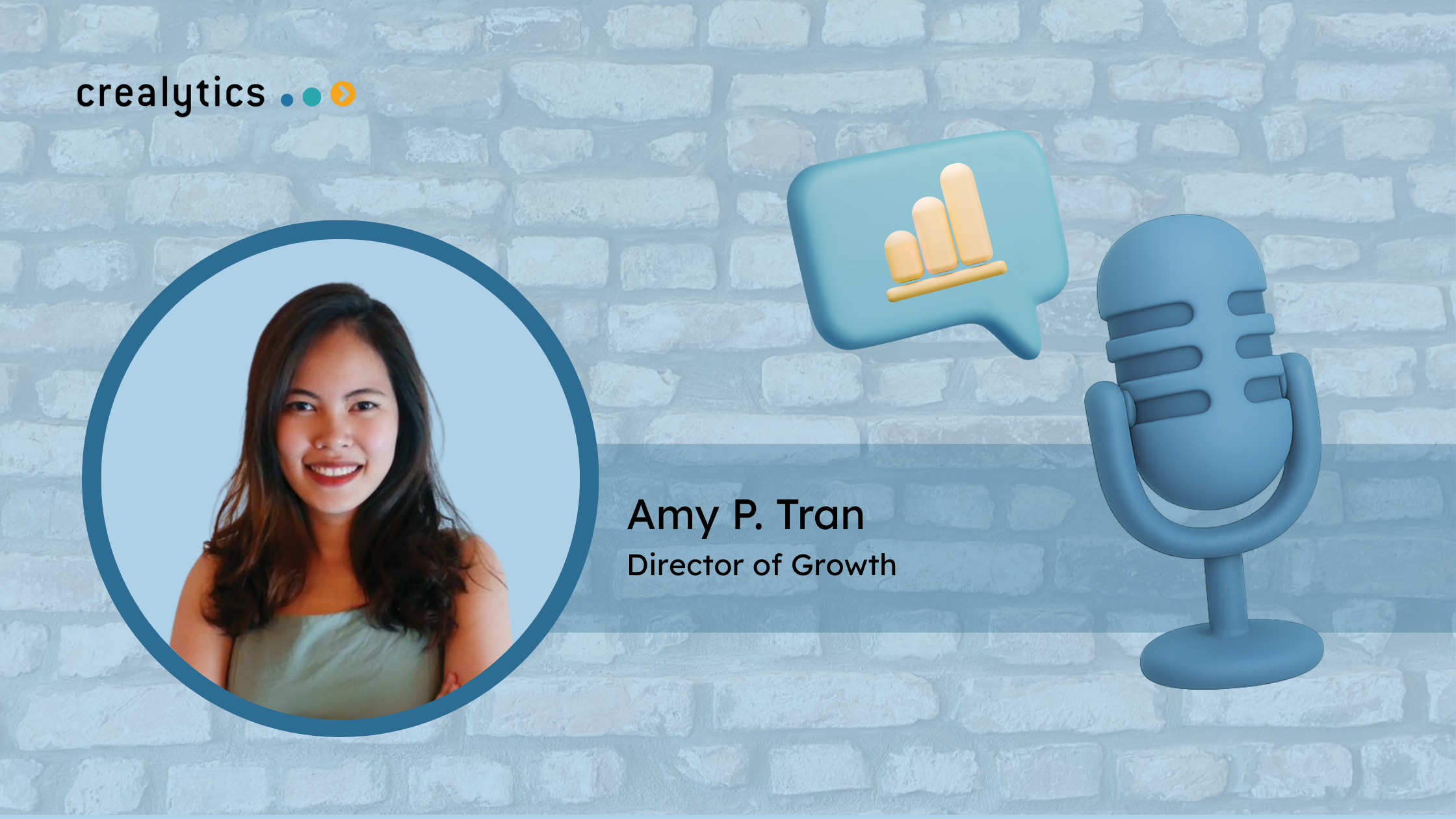Google Ads Are Coming to AI Mode: What This Means for SEO and Performance Marketing
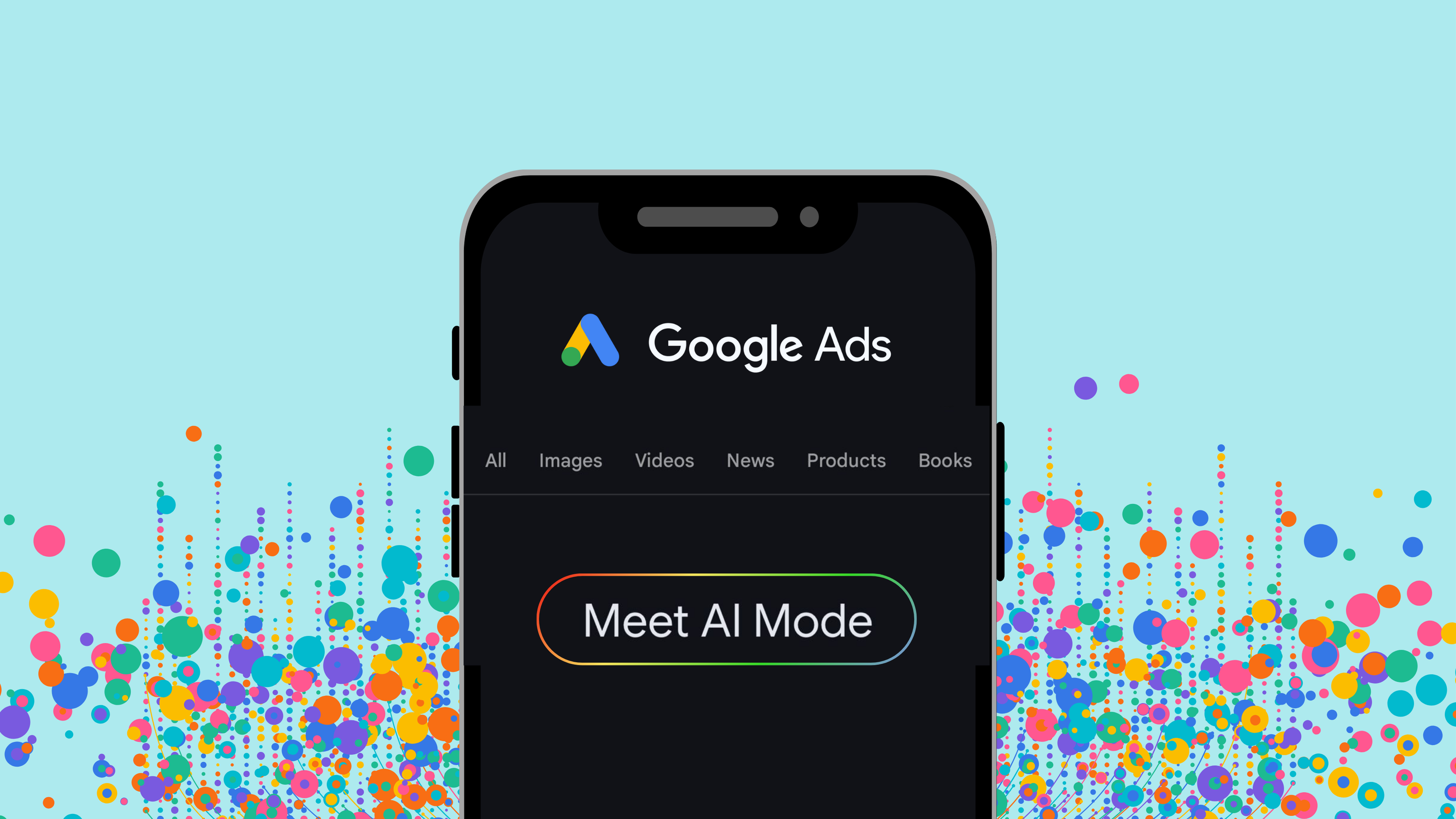
Google’s AI Ad Strategy Became Public
Internal Google documents have revealed a new evolution insearch advertising: ads are coming to AI Mode. It’s a bold move, but not without déjà vu. Four years after Performance Max (PMAX) launched, many brands are still navigating its black-box automation and struggling to extract transparent insights. Now, Google is introducing yet another AI-driven ad experience, this time embedded in its most advanced search interface. While the promise of scale and automation is strong, the trust gap between performance teams and Google's AI tooling remains a challenge.
Why Is Google Pushing AI Mode Ads? User Experience Meets Commercial Intent
Google’s push into AI Mode ads aligns with its broader goal: to make search more useful, exploratory, and intuitive for users, while creating new ad real estate that feels native, not intrusive.
Benefits to users include:
· More relevant responses: Ads are embedded directly within the AI-generated answer, rather than sitting above or beside it.
· Support during early exploration: Users looking to learn (not just buy) see ads that feel like a natural next step.
· Unlocking untapped intent: Google’s AI can now interpret commercial intent even in vague or complex queries.
From Google’s perspective, this approach opens up new monetization opportunities where traditional search ads couldn’t reach, like early-stage queries that previously didn’t convert. At the same time, it aims to improve user satisfaction by delivering helpful, contextually relevant sponsored content, seamlessly integrated into the discovery process.
A Behind-the-Scenes Look at Google's Most Advanced AI Search Experience
AI Mode represents Google’s most advanced form of search yet:
· Draws from the web and Google’s Knowledge Graph
· Uses shopping data for billions of products
· Applies a “query fan-out” technique, running multiple related searches to build comprehensive answers
· Supports multimodality (text, images, video) and follow-up questioning
This fan-out process means AI Mode doesn’t rely on one-to-one keyword mapping. Instead, it aggregates and synthesizes related insights from multiple subtopics and sources to answer users’ questions with greater nuance and depth. It's designed for users who want an end-to-end research and decision-making journey in one interface, no longer jumping between links to piece together an answer.
For advertisers and publishers, this means visibility will depend not only on keyword targeting or rankings, but also on how relevant your content or product feed is across multiple facets of the AI’s synthesis logic.
How to Optimize SEO for Google AI Mode and AI-Generated Search Results
SEO in the AI Mode era means optimizing not just for keywords, but for meaning, structure, and intent-driven discovery.
· Focus on unique, valuable content: Google's guidance emphasizes quality and relevance over keyword stuffing.
· Ensure content is accessible to crawlers: If Google can’t crawl and index it, AI Mode won’t see it.
· Understand task completion, not just traffic: Content must help users finish tasks, not just land on a page.
You’ll also need to embrace a multimedia mindset. AI Mode favors high-quality images and videos that help answer questions visually as well as textually. Structured data, schema markup, and enriched metadata will become even more critical to ensure your content is considered during the AI’s content synthesis process. The winners in this new ecosystem will be those who optimize for context, not just clicks.
Preparing Paid Media Strategies for Google AI Mode
Performance marketers will need to evolve alongside Google's AI targeting:
· Embrace AI-powered ad campaigns: AI Mode supports ads from Search, Shopping, and Performance Max (PMax) campaigns. These formats must be fully automated and keyword-flexible.
· Lean into broad match and PMax: These campaigns have better intent matching in AI search environments. Learn how we helped a mid-luxury brand drive 81% revenue growth through broad match innovation.
· Prioritize feed hygiene: For retailers, shopping feed quality is critical, outdated product info won’t show up in AI answers.
More than ever, campaign structures must accommodate a world where traditional keyword triggers are replaced by AI-generated queries and summaries. Keywordless targeting, audience intent signals, and creative automation will be essential to ensure visibility in the AI layer. Think beyond last-click ROAS and focus on ad placements that build consideration during the research phase: AI Mode is turning exploratory queries into a new performance frontier.
Can You Opt Out of Google’s AI Search Shift?
In short: no. AI Mode is already live in the US and India (in English) and is being quietly rolled out on mobile and desktop. This isn’t a test destined to be sunset: it’s a strategic cornerstone for the future of Google Search.
Even if adoption starts slowly, all signs suggest AI Mode will become a dominant interface for certain types of searches, especially those that are exploratory, complex, or research-based. While there may be regulatory scrutiny around how ads are presented in AI-generated content, the momentum – technological, commercial, and competitive – is far too strong to halt. The choice for marketers isn’t whether to embrace AI Mode, but how quickly they can adapt their strategies to thrive in it.
Conclusion: Get Ready for the AI Search Economy
With AI Mode, Google is redefining how people search and how brands advertise. What was once a keyword-triggered ad is now a generative, AI-curated recommendation embedded in the heart of the user journey.
For SEO pros, that means a renewed focus on value, crawlability, multimedia, and task-driven content. For performance marketers, it’s time to embrace automation, invest in smart feeds, and rethink campaign design to match how AI Mode interprets intent.
More than an experiment, it is a reinvention of how discovery works on the internet. Prepare now or risk disappearing from the conversation entirely.
---
Need a hand revamping your Google Ads account in the AI mode era? Reach out to us!
Relevant insights
· Case study: How Brand X Used Competitor Keywords to Cut CAC and Win More Customers with AI-Led Search
· Article: Personalization in Marketing with GenAI: Data-Driven Strategies for Better Engagement
· Article: How DTC Brands Can Use AI Without Losing the Human Touch
About Crealytics
Crealytics is an award-winning full-funnel digital marketing agency fueling the profitable growth of over 100 well-known B2C and B2B businesses, including ASOS, The Hut Group, Staples and Urban Outfitters. A global company with an inclusive team of 100+ international employees, we operate from our hubs in Berlin, New York, Chicago, London, and Mumbai.
EXPERT INSIGHTS

